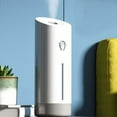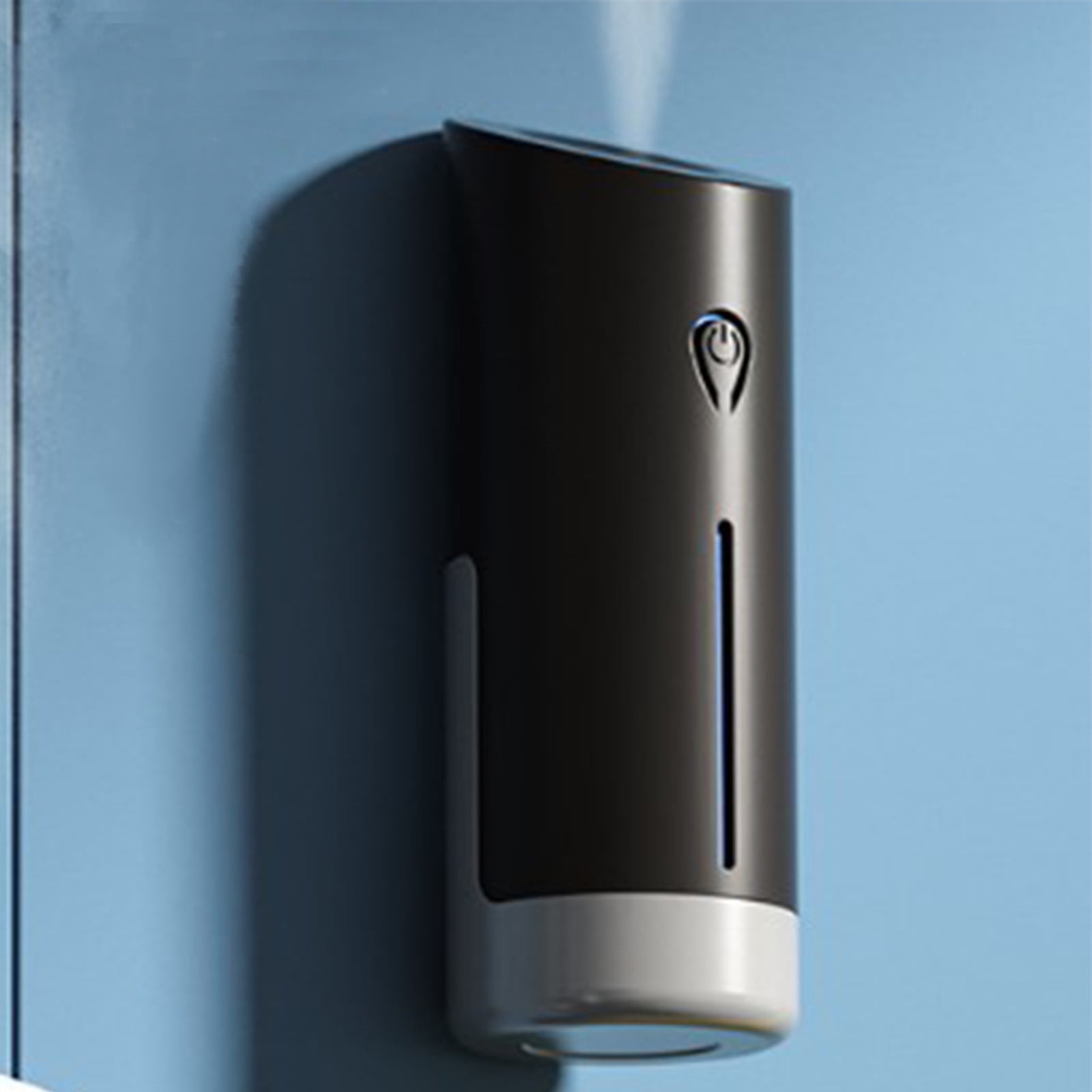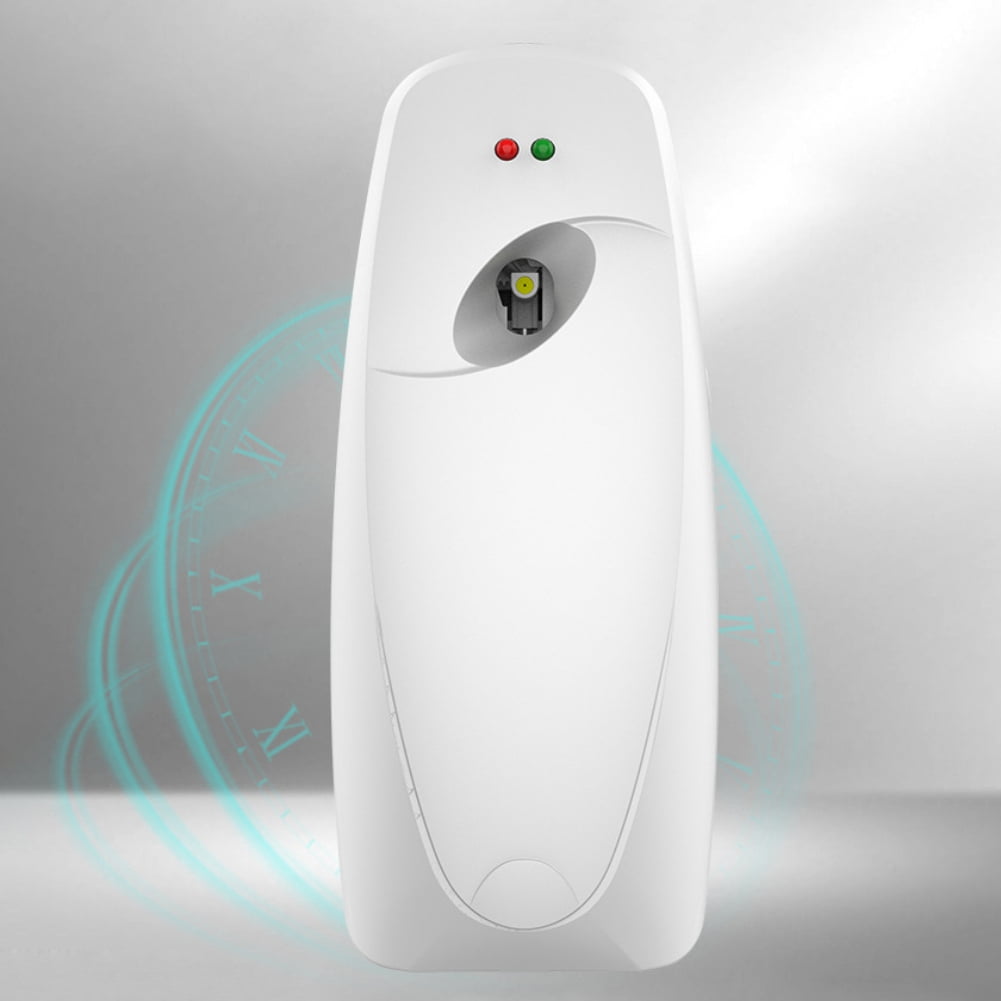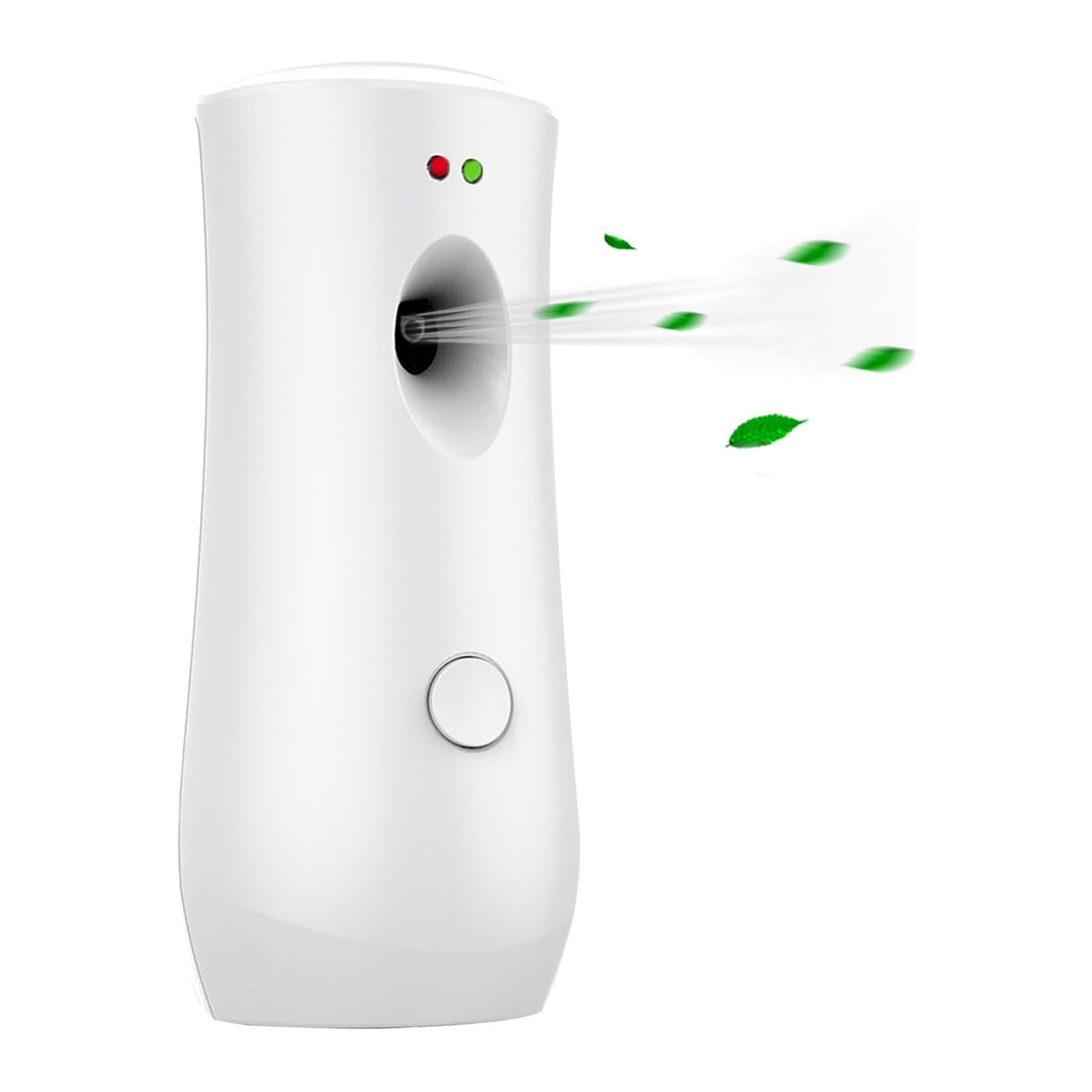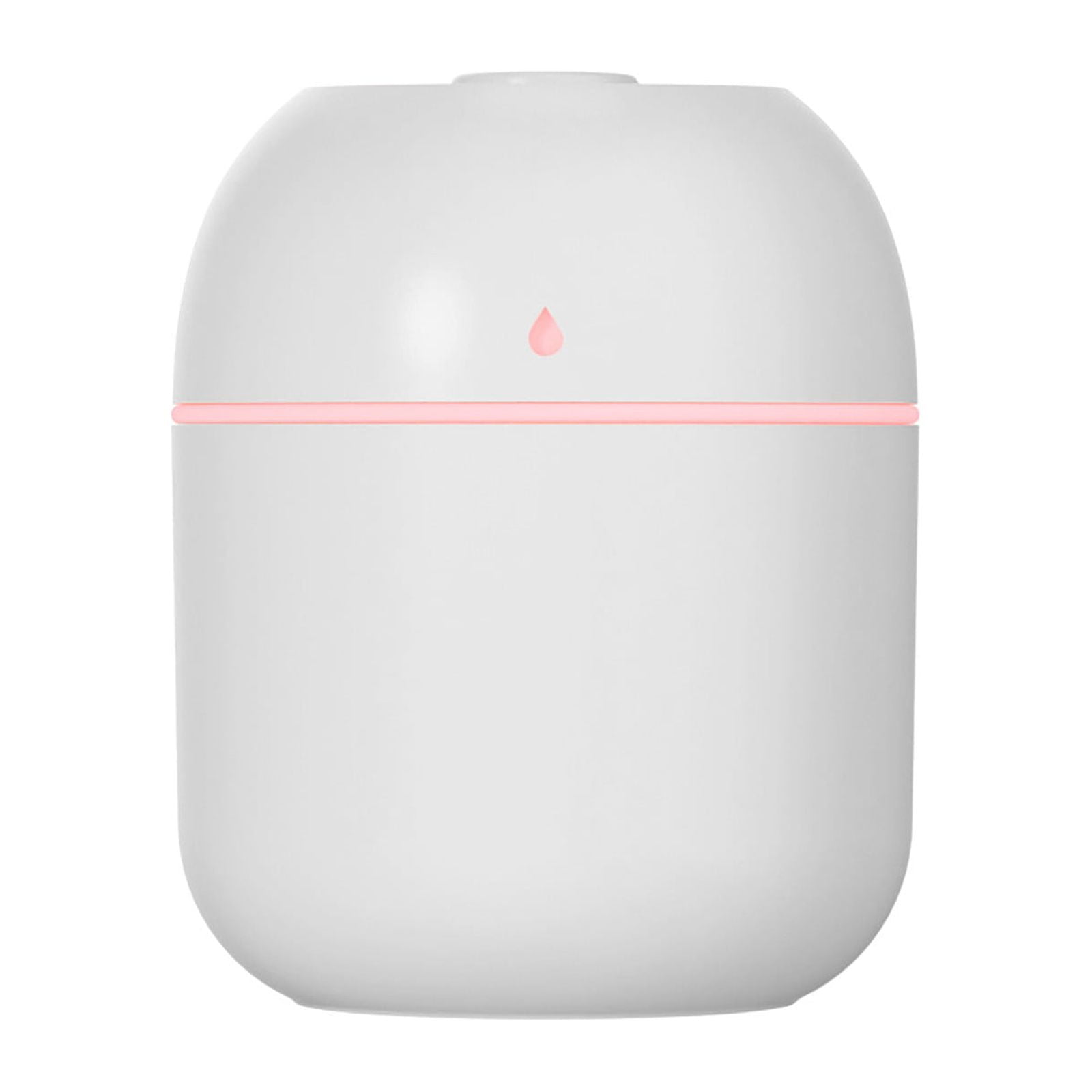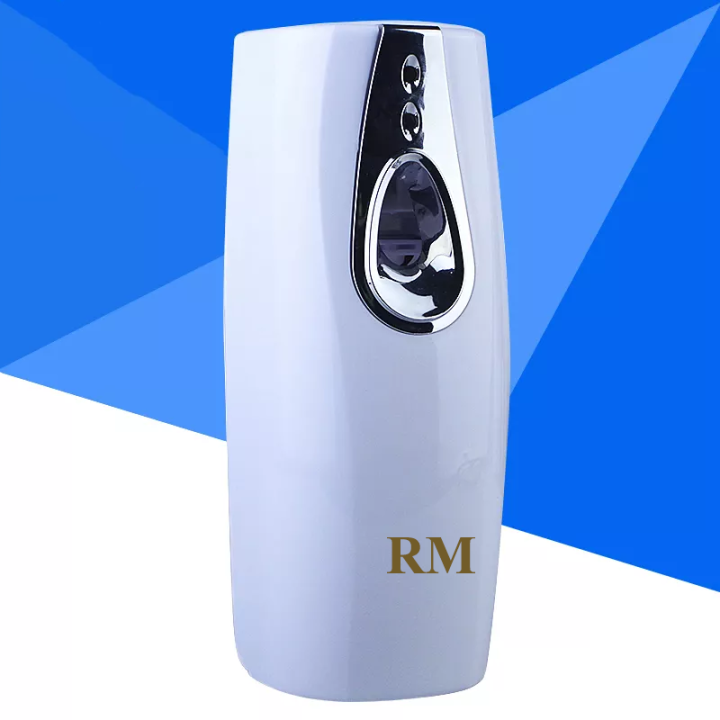Automatic Air Freshener For Office

The debate over office air quality just got a little more automated. Companies are increasingly turning to automatic air freshener dispensers, sparking discussions about their effectiveness, appropriateness, and potential impact on employee well-being.
The trend reflects a desire for consistent odor control and a perceived improvement in the workplace environment, but raises concerns about potential health effects and the masking of underlying air quality issues.
The Rise of Automated Scents
Automatic air freshener dispensers are battery-powered devices that periodically release bursts of fragrance into the air. They are typically mounted on walls or placed discreetly in common areas, like restrooms, hallways, and reception areas.
The devices are gaining popularity as facilities managers seek cost-effective and low-maintenance solutions for maintaining a pleasant-smelling environment.
According to a report by Grand View Research, the global air freshener market is projected to reach $12.5 billion by 2027, driven by increasing awareness of indoor air quality and the desire for improved workplace aesthetics.
Key Benefits and Drawbacks
Proponents of automatic air fresheners cite several advantages. They offer consistent fragrance release, eliminating the need for manual spraying and ensuring a continuous level of odor control.
They can also contribute to a perception of cleanliness and professionalism, potentially improving employee morale and customer impressions.
However, concerns remain about the potential health impacts of exposure to the chemicals used in many air fresheners. Some studies have linked certain volatile organic compounds (VOCs) found in these products to respiratory irritation, headaches, and other health problems.
The Environmental Protection Agency (EPA) recommends choosing air fresheners with lower VOC content and ensuring adequate ventilation when using them.
Impact on Employee Well-being
The presence of automatic air fresheners can have a significant impact on employee well-being, both positive and negative. Some employees may appreciate the pleasant scent and find it contributes to a more comfortable and welcoming workspace.
Others may be sensitive to certain fragrances or chemicals, experiencing allergic reactions, asthma symptoms, or other adverse effects.
"It's essential for employers to consider the individual needs and sensitivities of their employees when implementing any air freshening strategy," says Dr. Emily Carter, an occupational health specialist. "A one-size-fits-all approach can be detrimental."
Moreover, automatic air fresheners can mask underlying air quality problems, such as poor ventilation, mold growth, or the presence of other pollutants. Addressing these issues requires a comprehensive approach that goes beyond simply masking odors.
Alternatives and Best Practices
Companies seeking to improve office air quality have several alternatives to automatic air fresheners. These include improving ventilation systems, using air purifiers, and incorporating plants into the workspace.
Natural odor absorbers, such as baking soda or activated charcoal, can also be effective in neutralizing unwanted smells.
If automatic air fresheners are used, employers should prioritize products with low VOC content, ensure adequate ventilation, and consider implementing a scent-free policy to accommodate employees with sensitivities.
Open communication and employee feedback are also crucial to ensuring that any air freshening strategy is both effective and considerate of individual needs.
The adoption of automatic air fresheners in offices represents a complex issue with potential benefits and drawbacks. Careful consideration of employee well-being, environmental impact, and alternative solutions is essential for creating a healthy and productive workplace.
